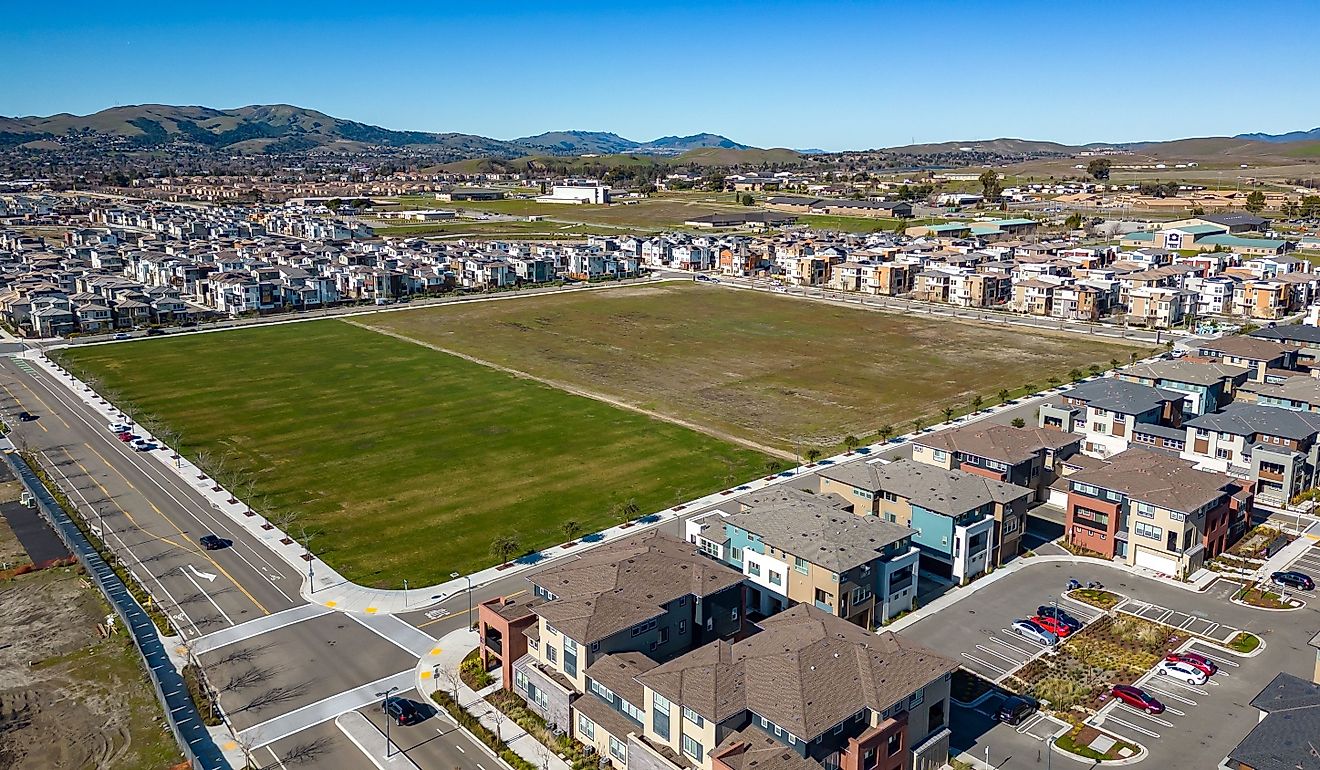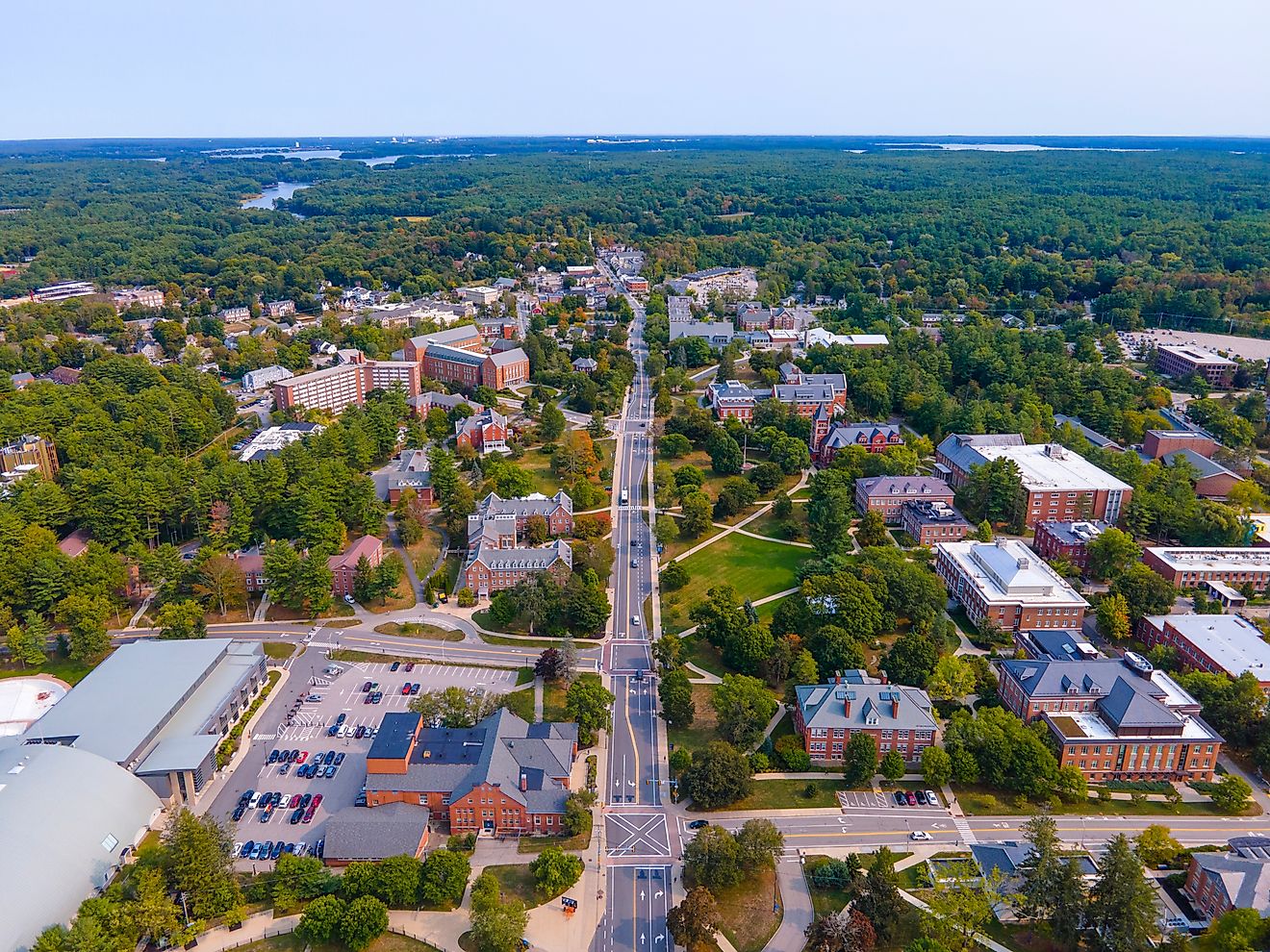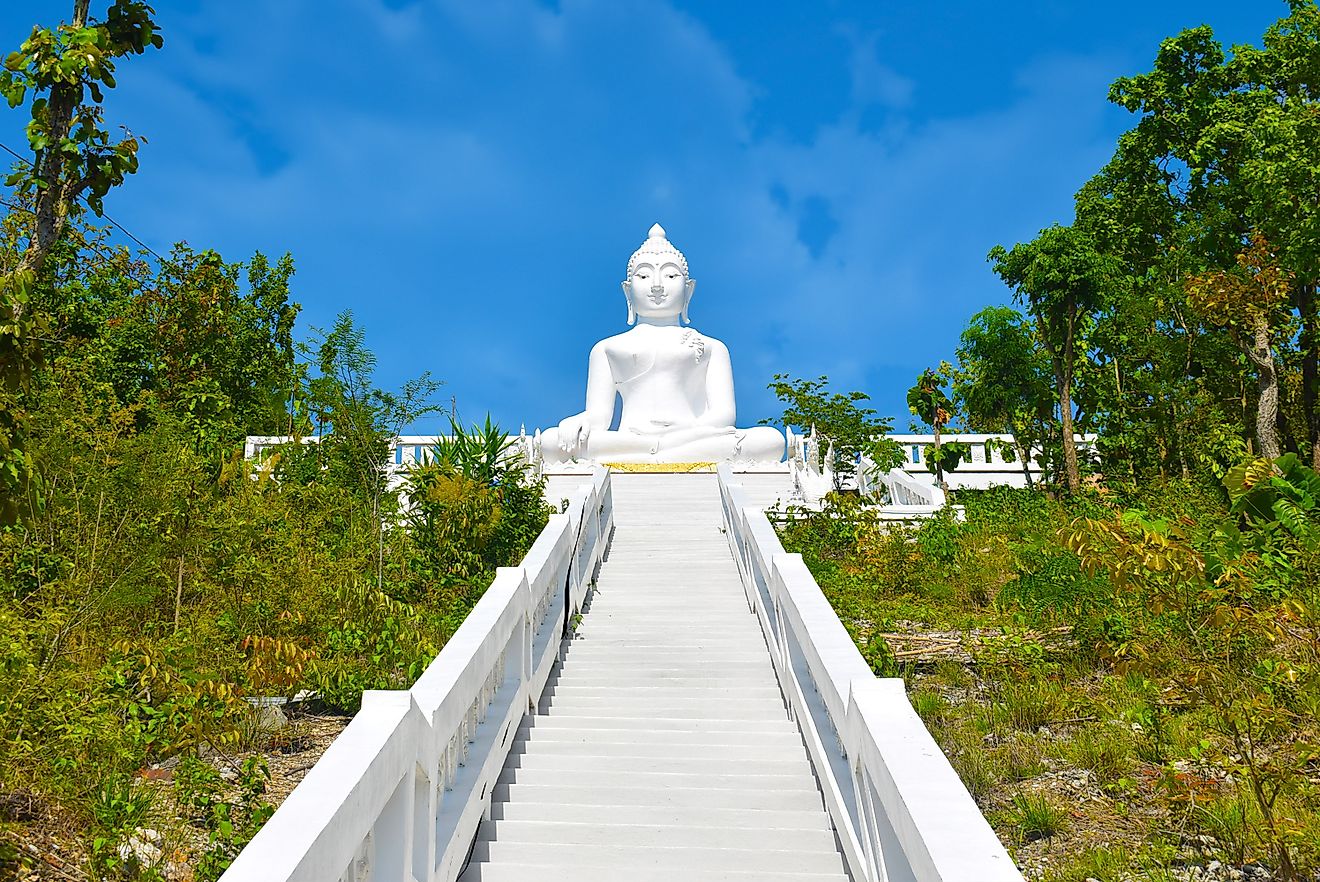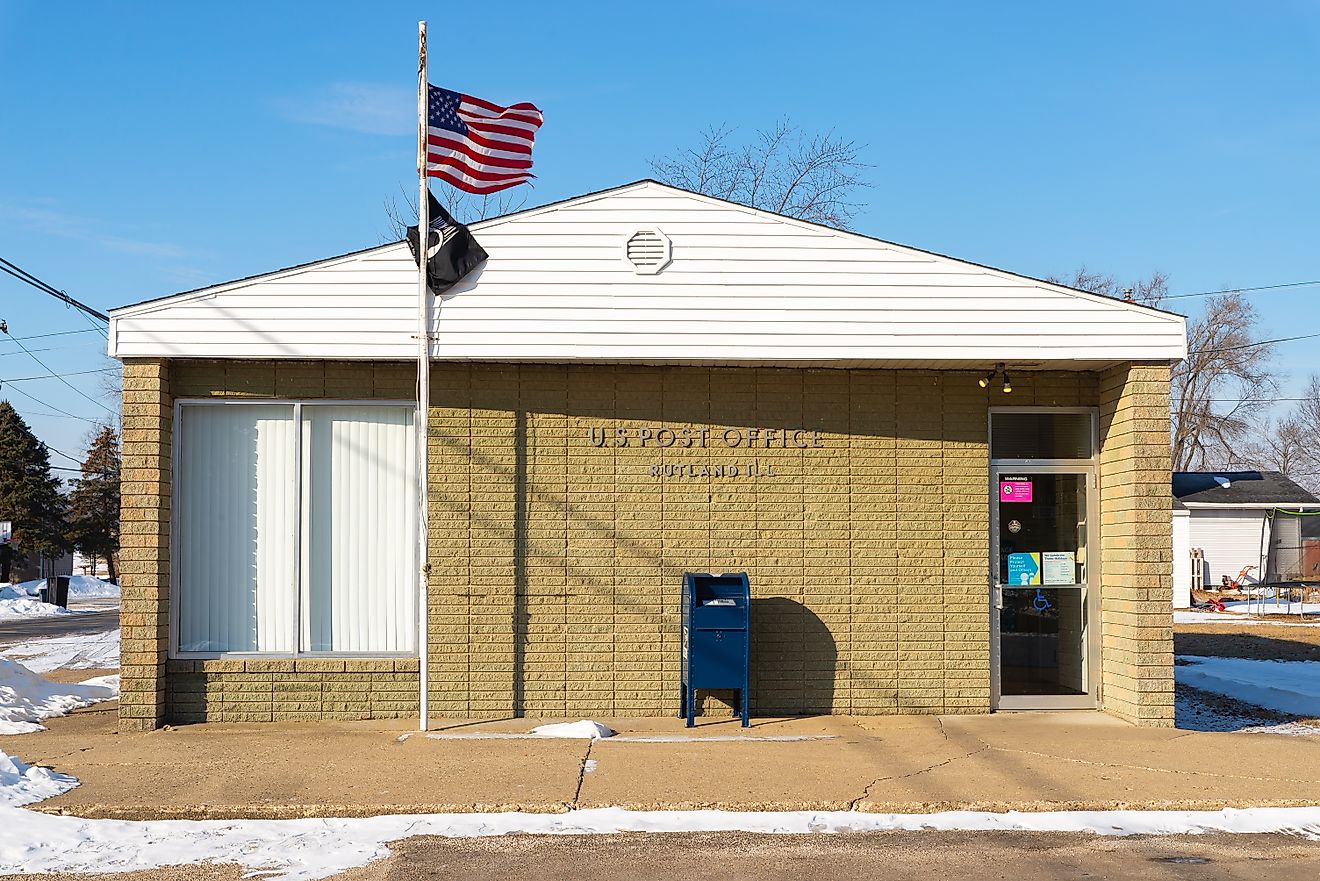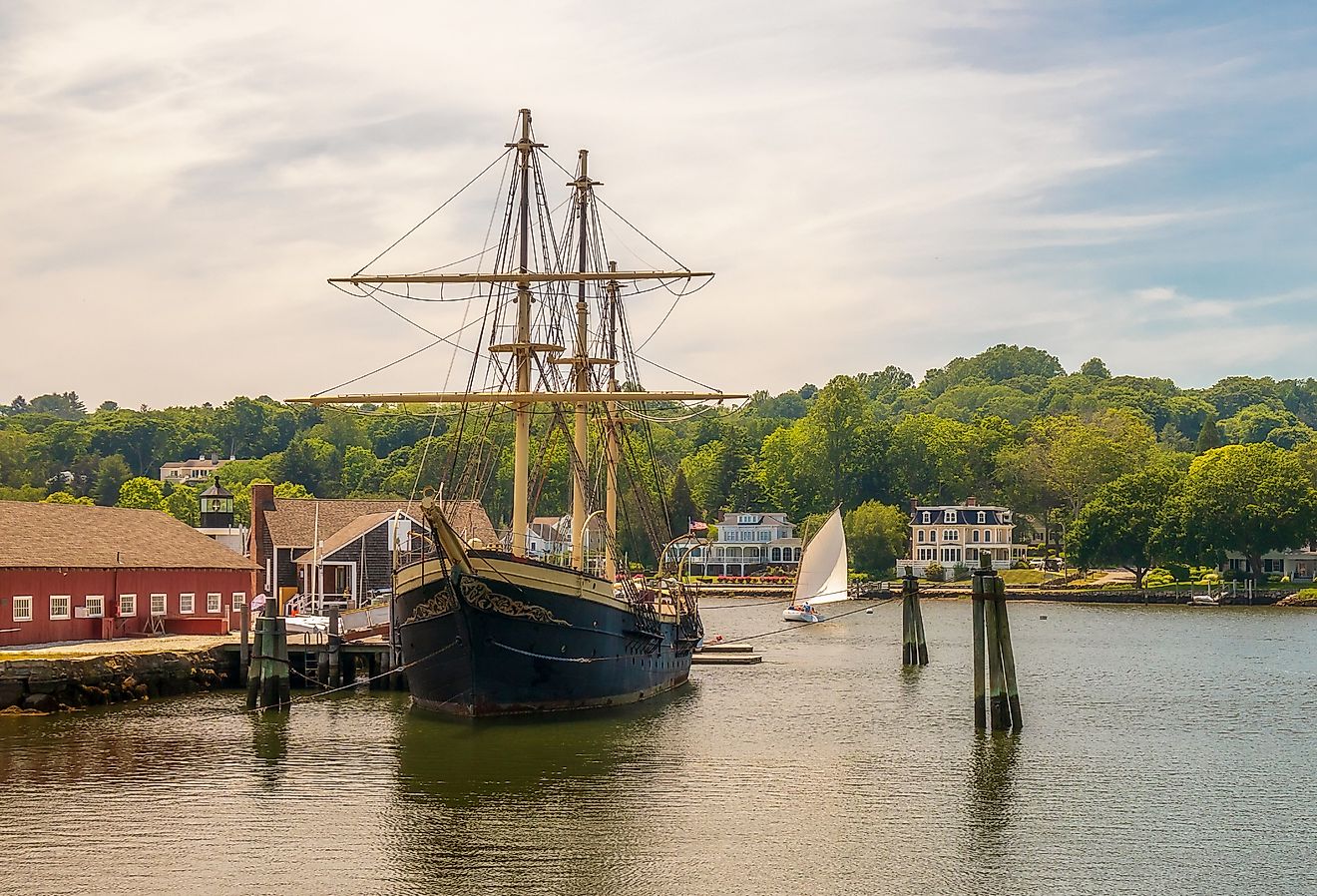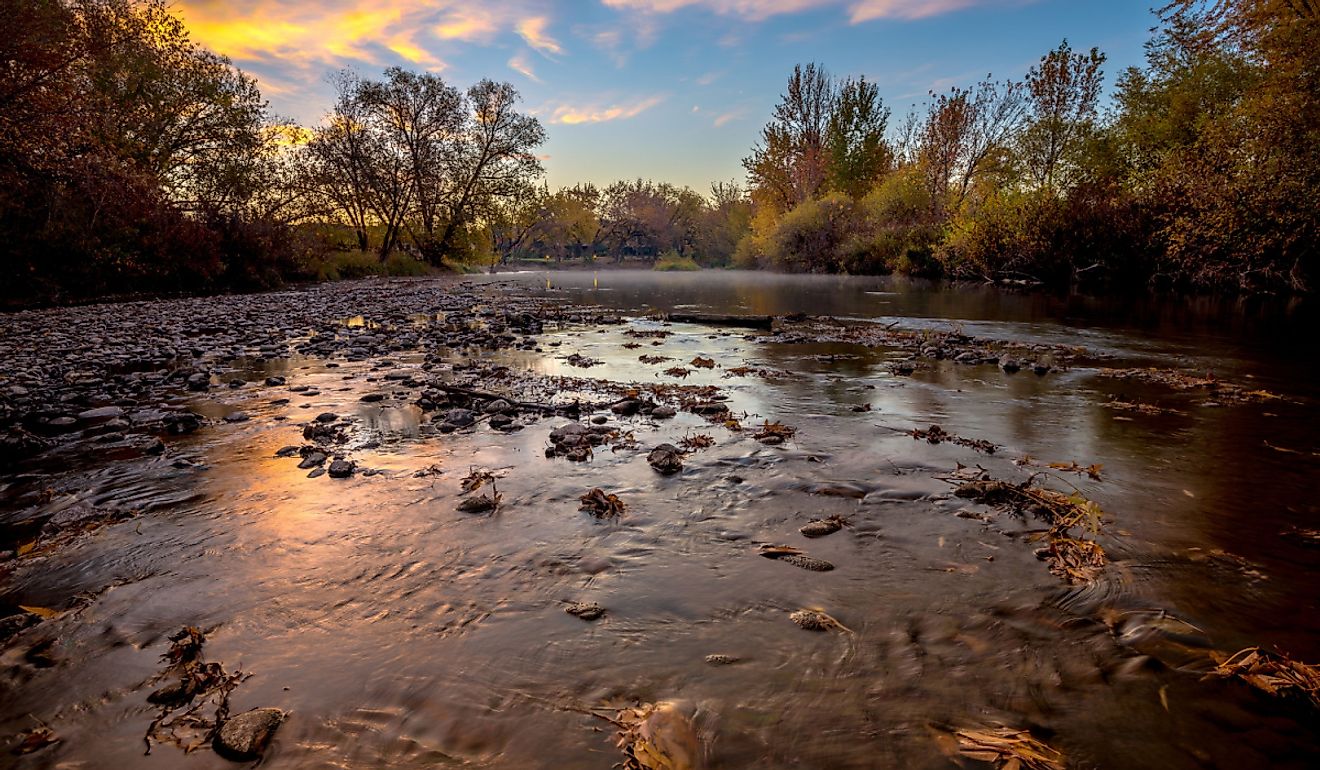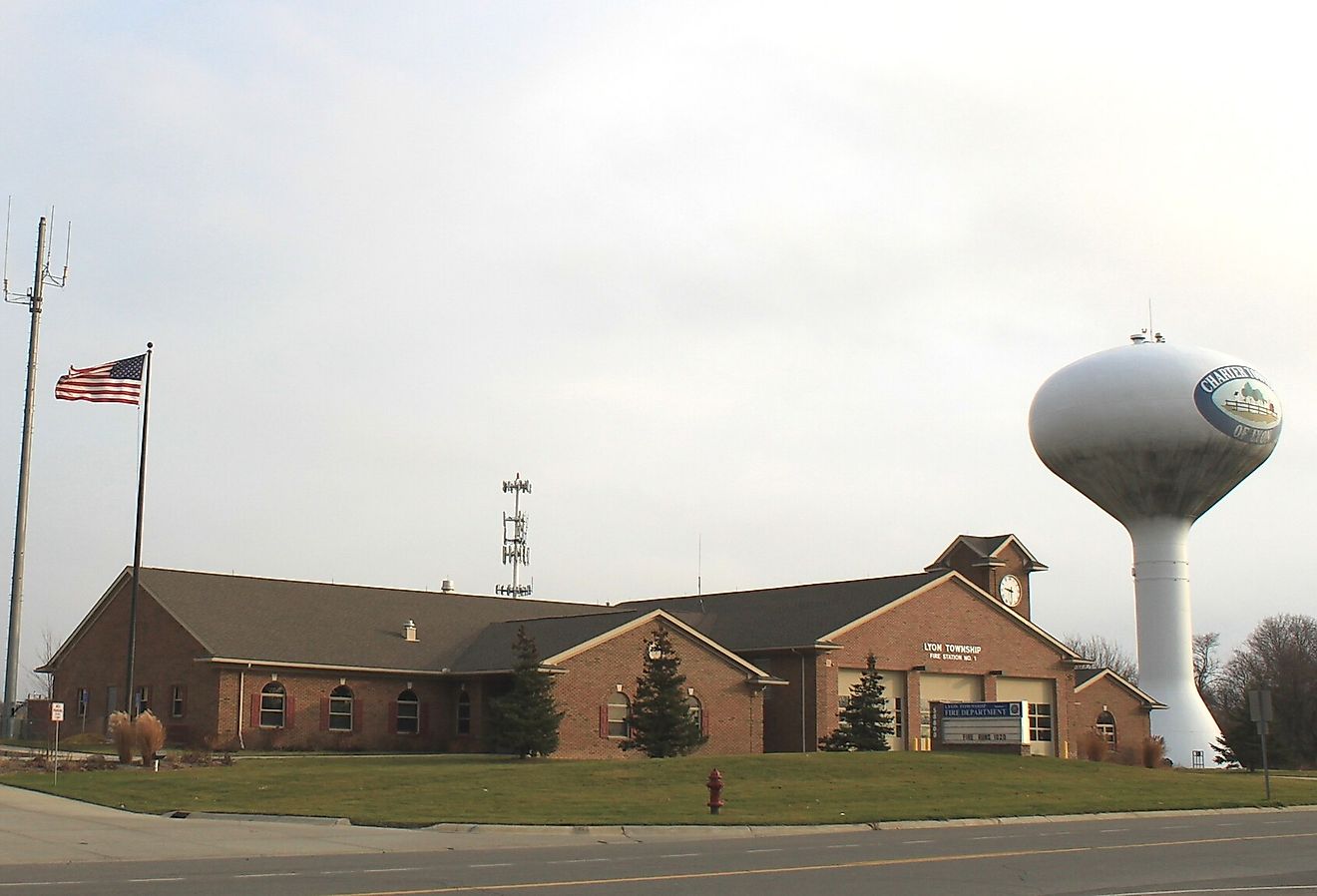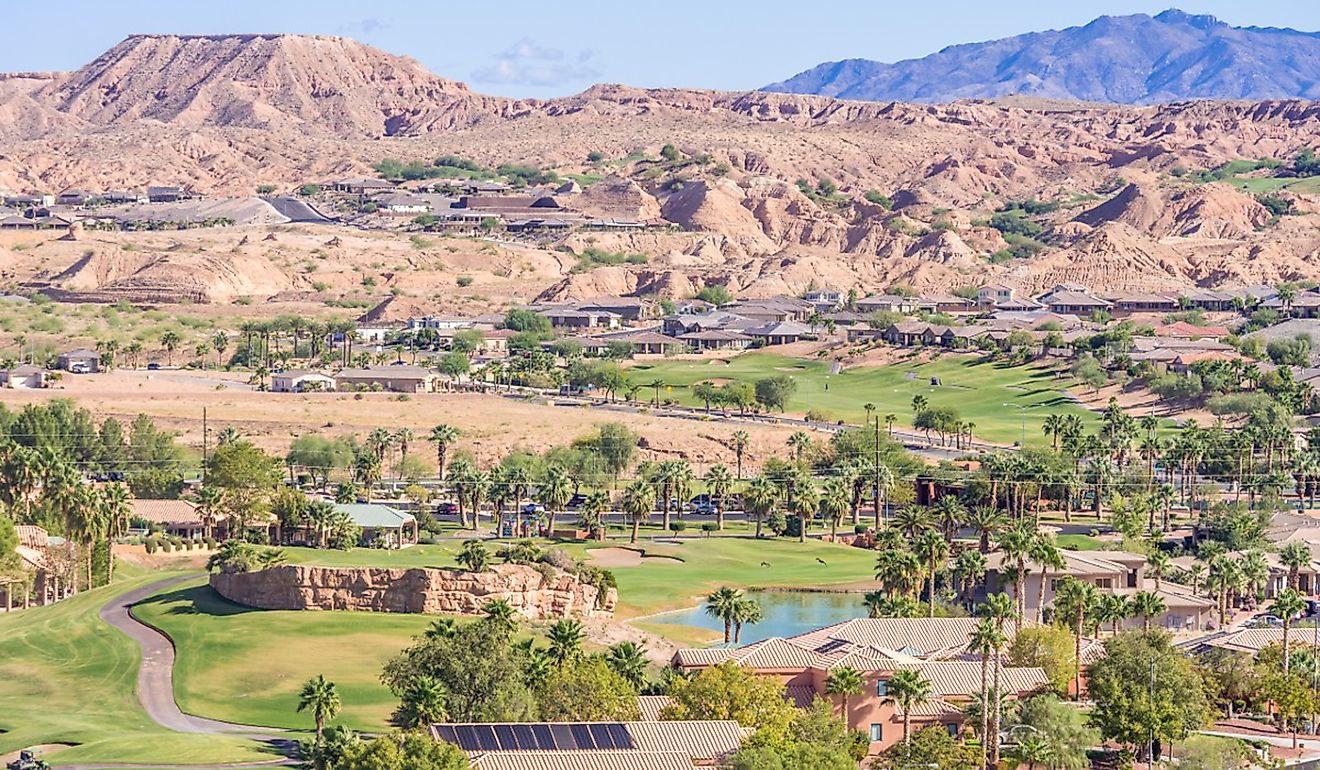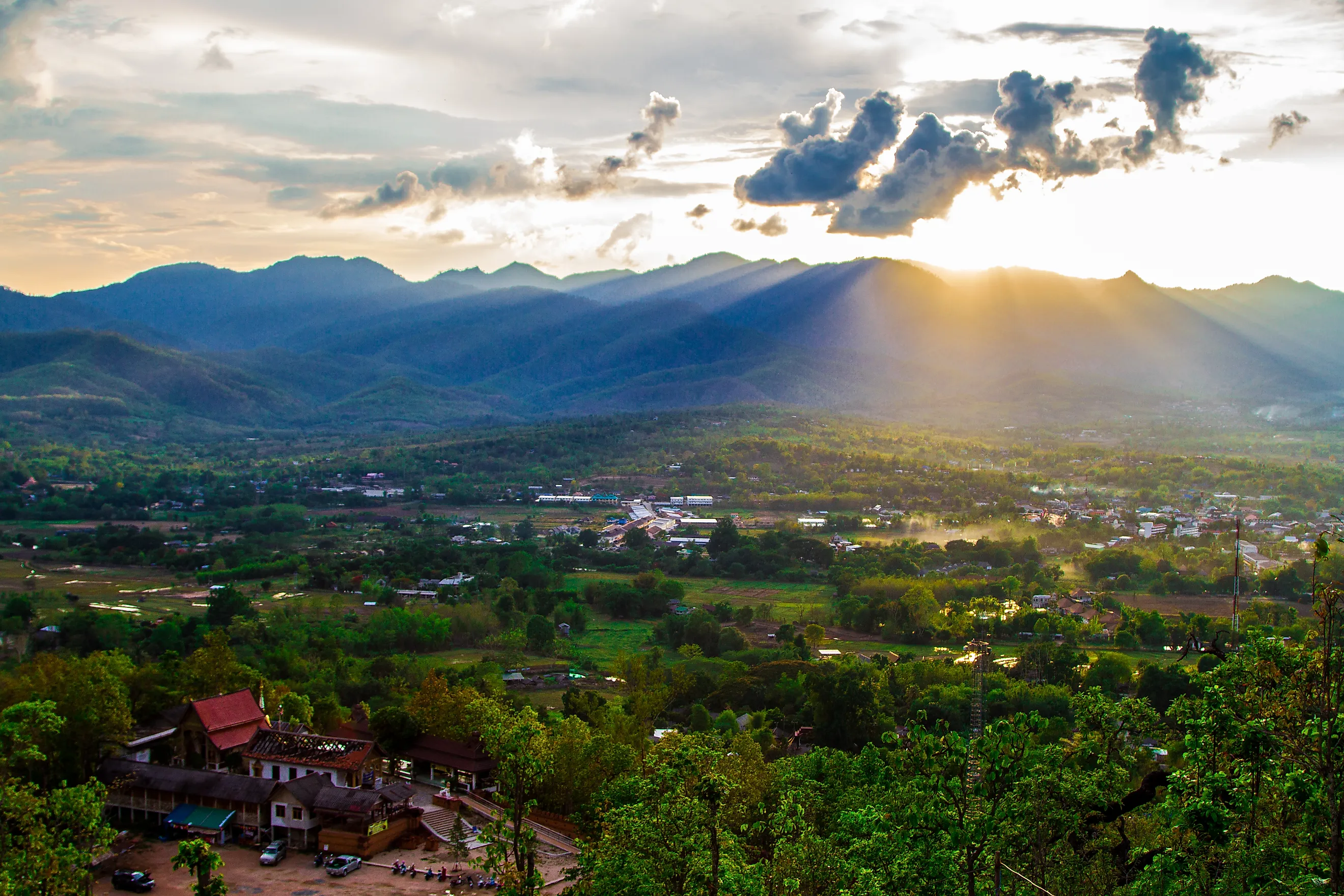
Embracing Change in Pai, Northern Thailand’s Former Hidden Gem
The northern Thai town of Pai used to be an undiscovered getaway for intrepid travelers. Situated in the lush highlands near the Myanmar border, hours removed from the nearest international airport, Pai represented a radical alternative to resort-centric beach destinations. Nowadays, the once-traditional community has morphed to accommodate constant waves of Western tourists who roll into and out of town on cheap Chiang Mai shuttles. Don't get me wrong, I had a lovely stay in this pretty and popular place. But as with many aspects of life, satisfaction stems from properly calibrated expectations. So let's talk about Pai, Thailand as it stands in 2025: the positive takeaways, the minor disappointments, and the outright debauchery.
The Good
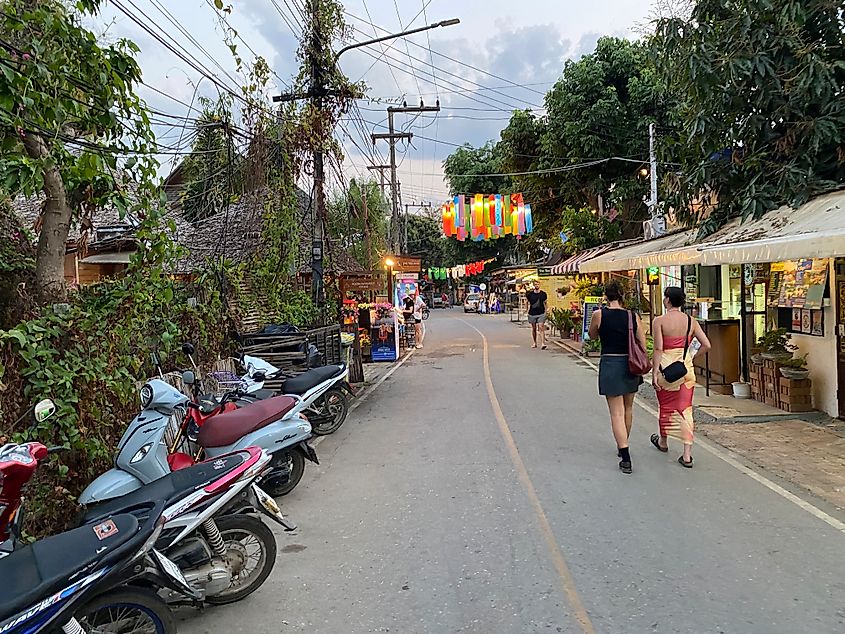
Pai is a fun place, and everyone there is out to have a good time. Palpable demographics include: 20-something backpackers looking to party; 30-something hippies trying to carve out an experimental ex-pat community; itinerant retirees checking off a long-awaited bucket list item (or trying to recapture the magic of their youth), and vacationing families eager to explore a novel, but safe environment.
As a 35-year-old travel writer, I suppose I embodied shades of all these crowds. I enjoyed the vibrant walking street, with its attractive businesses, pool table bars, and nightly pop-up vendors. I got a kick out of the local boxing, yoga, and even sound-healing classes. I appreciated the tranquility of bungalow life, which, thanks to the Pai River (and its rickety bamboo bridges) was naturally compartmentalized from the action. And I was reassured to see how Pai's periphery, with its simple farms, dusty backroads, muay thai residencies, and hilltop Buddhas still holds true to the mythical purity that was pitched to me during my first trip to Thailand, over a decade ago.
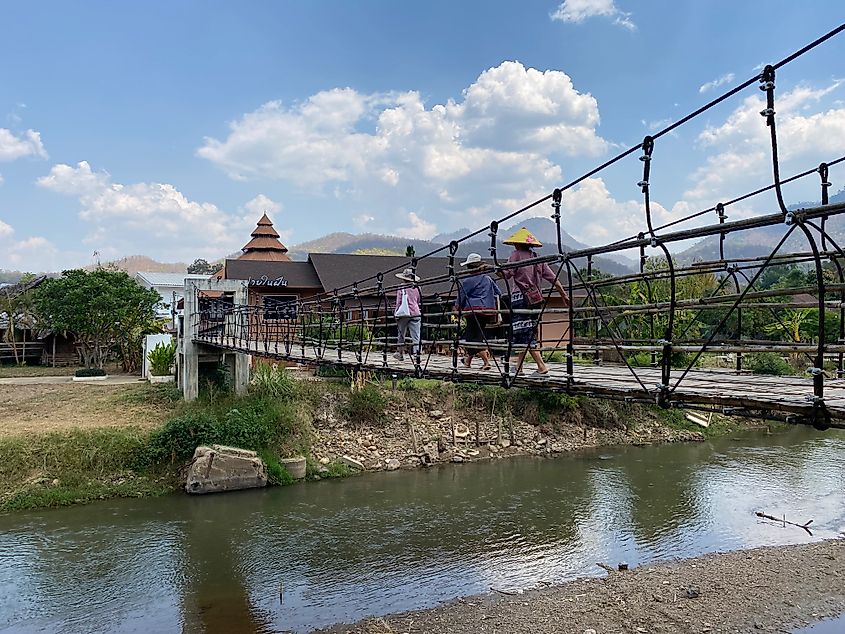
Critics will certainly point to Pai's commercialization as a downfall. While I do sympathize with this point of view (and I will expound on it in the next section), I also think that multiple things can be true at once. So while we're accounting for the positives, I'll say that it was refreshing to be able to get absolutely any kind of food within minutes of craving it. Our first night in town, Irina and I went to a grilled cheese and wine joint on the secondary drag. I also spotted (and indulged) many vegetarian/vegan restaurants. Up until this point in my Thai travels, I had mostly been testing my banal British stomach with devil-level tom yum and som tam and "flexing" my once-meatless diet in order to accommodate the country's propensity for chicken and pork. If you're drawn to Thailand for its landscape and whimsical itineraries but are unwilling, or unable, to dine as the locals do, then Pai's robust selection of modern, worldly foods will be undeniably valuable.
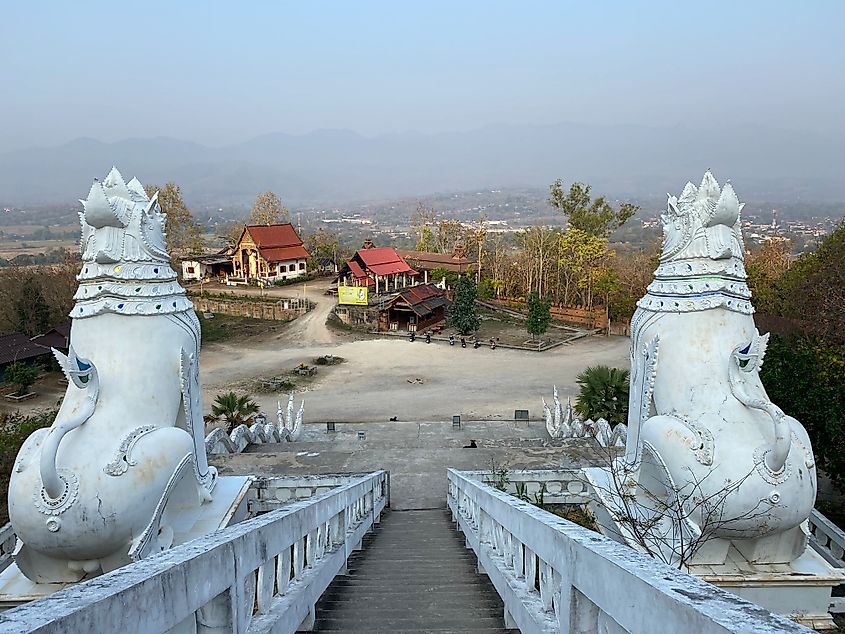
Tired and/or timid travelers will also rejoice upon experiencing Pai's safe setting. Right out of the gates, one of the biggest difference makers is how passive the dogs are. I've been to enough off-the-beaten-path places to tell you that aggressive canines can completely ruin the vibe and squash possibilities. As a runner, I was grateful to be able to pound the backroads into the surrounding hills without ever being confronted by a territorial mutt. The dogs in Pai either just sleep (even as you step right over them), wag their tail and request pets, or completely ignore you (despite the sometimes desperate offering of pets). Though sometimes dirty and visibly itchy, the street dogs seem happy and well cared for. Granted, every animal and situation is different, so I recommend ignoring the free-range doggos until you get a clear go-ahead, but compared to small towns in much of the world, Pai was a refreshing change of pace
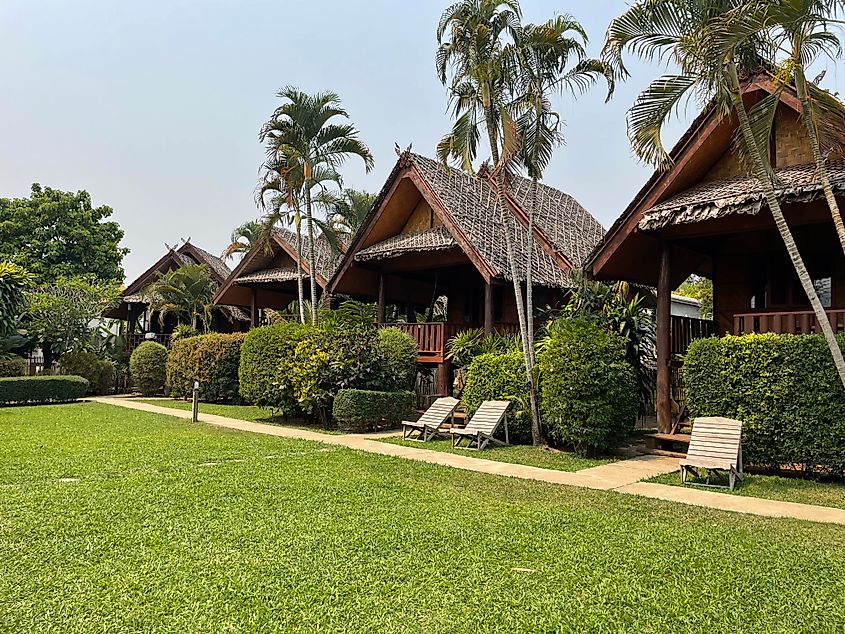
Another of Pai's wonderful attributes is its ease of operation. Tours, transportation, and local events are well advertised, straight forward, and affordable with a favorable exchange rate. Whatever hostel, boutique hotel, or thatched bungalow enclave you're staying at will surely have posters for half, full, and multi-day outings run by local operators. For as little as 100 baht (less than $3), you'll get picked up right outside your door, and driven to the area's natural and commercial highlights. The big show-stopper is the twice-weekly Tipsy Tubing - which herds hundreds of sloshed, scantily-clad gap-year students for a float down the district's namesake waterway.
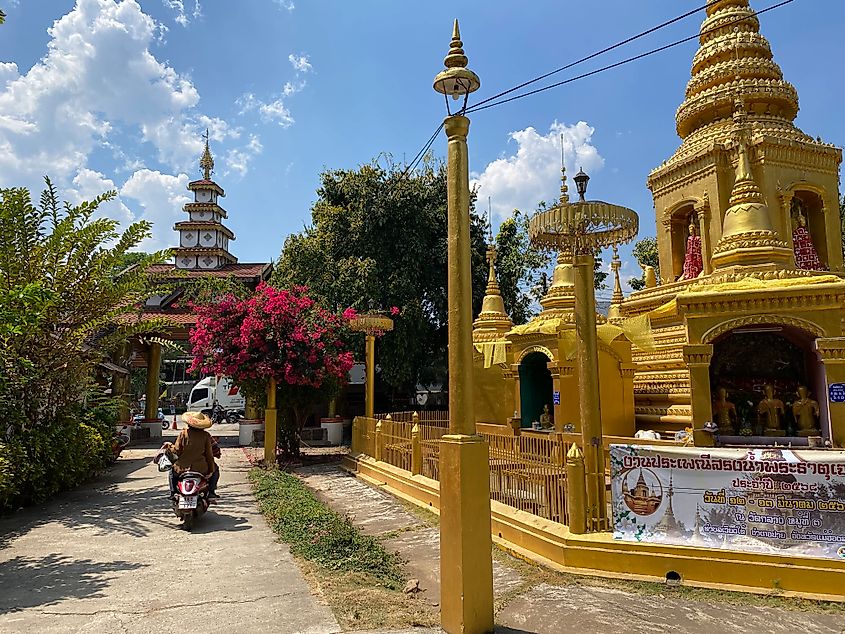
Lastly, as someone interested in Thai culture's spiritual aspects, I was relieved to learn that Buddhism still has a home in Pai. There are two temple compounds right on Chai Songkhram Road - standing in comical contrast to the hedonism on the other side of the walls. Here, ordained monks practice Theravada Buddhism. These places welcome all respectful visitors who want to take in the ornate stupas, revered iconography, and general ambiance. I could lean on these places for my morning meditation practice, and I was even invited to attend a communal gathering that brought together hundreds of locals to make offerings to the sangha.
Another of Pai's happy places was the white Buddha statue of Wat Phra That Mae, which awaited atop several flights of stairs a few kilometers outside of town. The physical effort can be seen as an exercise in merit generation, but if that is too metaphysical for certain readers, then know that the panoramic view is reward enough.
The Not-So-Good
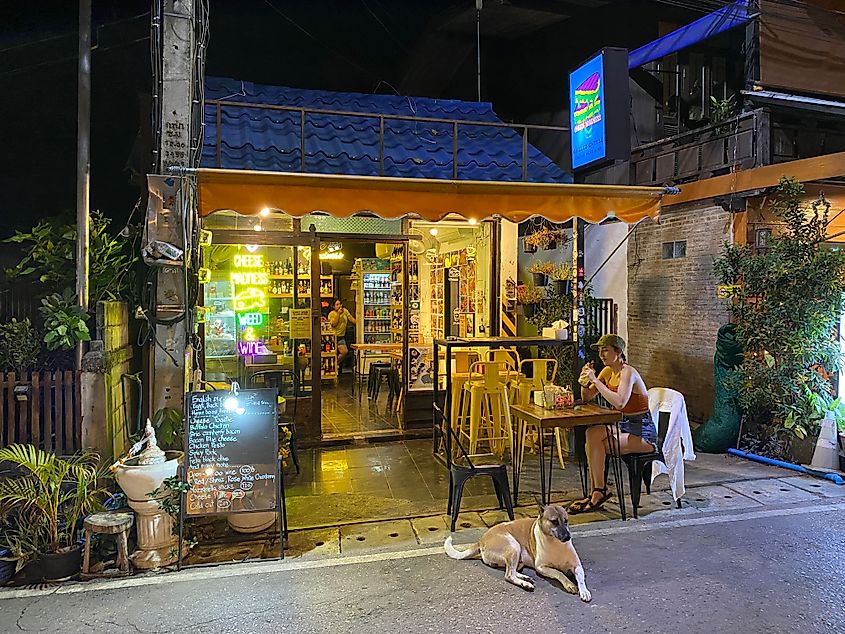
Remember how I said conflicting ideas can both be true? When it comes to food, the widespread availability of wordly menus (good) does make it harder to find authentic cuisine (not-so-good). It's not impossible - just more removed than places like Chiang Mai or Bangkok. This makes sense, since I heard more than a few table neighbors requesting their dishes to be made "not spicy." If you want the real deal, you have to press the papaya salad street vendor to add more chili peppers, and you have to wander away from the commercial core to find homemade curries in roadside huts.
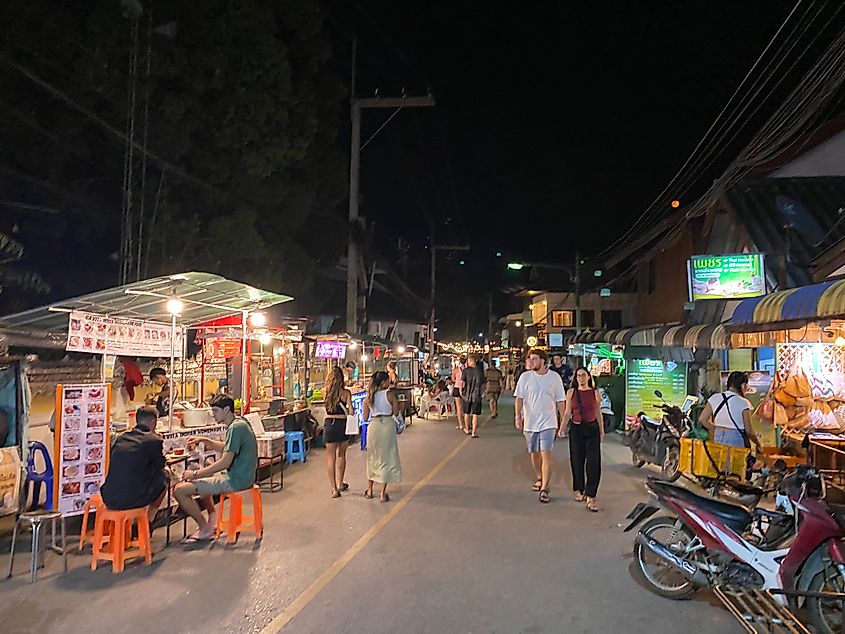
Speaking of "the core," there's no denying that Pai has a frenetic strip. During the day, fresh-faced tourists pile out of vans onto the street while scooters and taxis desperately try to weave through the crowds. At night, mobile vendors take up one of only two lanes, and the noon sleepers come out in droves to guzzle Chiang, smoke doobs, and heed the call of thumping sound systems. Thankfully, the shenanigans can't be heard from across the river, but if you rent a bed near the Pai Walking Street, then I imagine you'll have to reset your circadian rhythm.
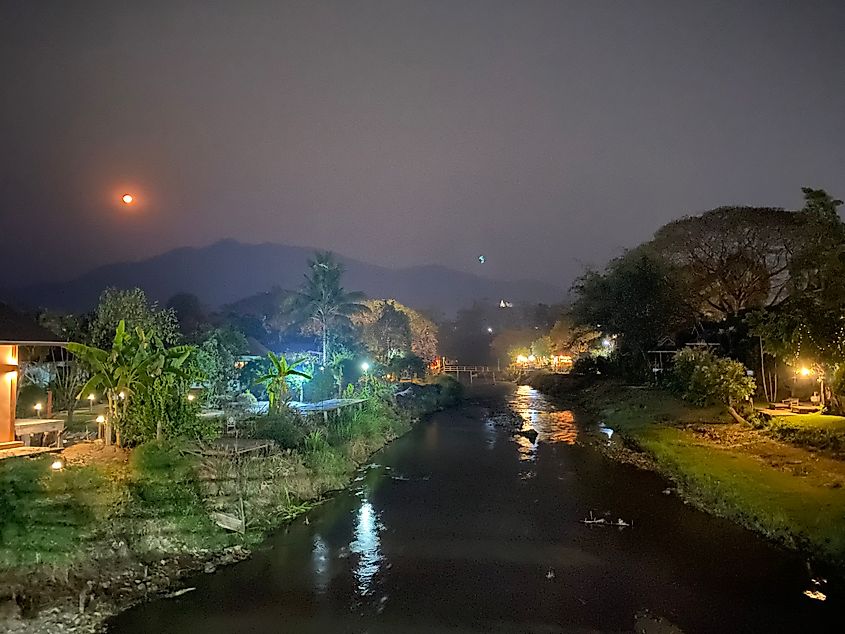
Depending on when you visit northern Thailand, the climate might throw you a few curve balls. The drawbacks to the rainy season are obvious, but you might be praying for a good downpour after an extended heatwave - temperatures in this part of the country can reach 105° Fahrenheit. And if you visit in March (as I did), be prepared for a steady canopy of smoke coming from the local farms that burn their fields to reset for the next crop cycle. The air quality changes with the wind, but man, those last two days in Pai were rough.
The Ugly

When visiting Pai, be extra cautious to model respectful social norms. The residents of Pai are friendly, humble, and given their various backgrounds, preferring of modesty. As international travelers, it is important that we tread lightly in other people's homes, remain open to the concepts of other cultures, and set a sustainable example. If authorities (there are designated Tourist Police) get sick of barefoot hippies traipsing into restaurants (cleanliness of the feet is big in Thailand), underdressed youths strutting about Buddhist monuments, or impatient patrons barking demands in English, then this whole party could come crashing down.
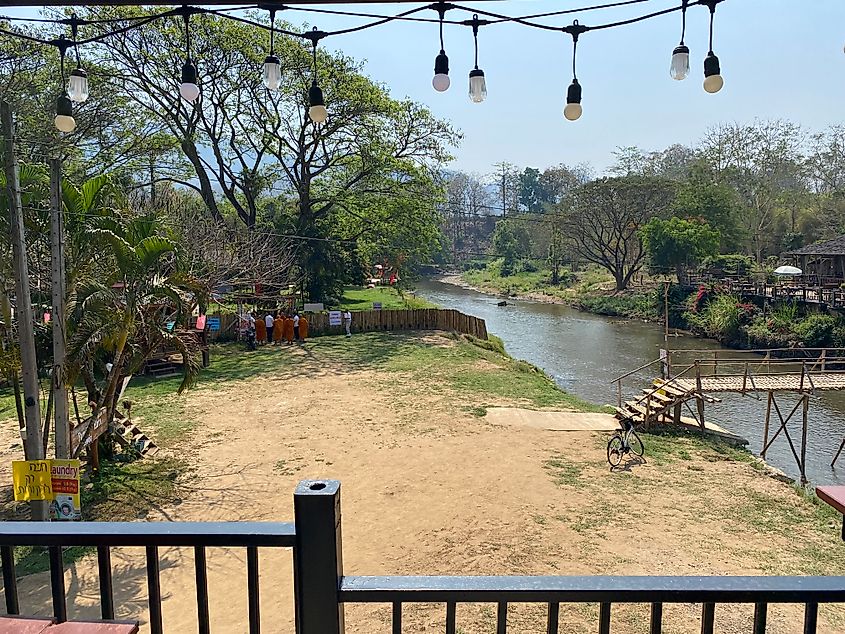
With all that said, the current state of Pai developed because of both foreign and domestic contributions. Thailand decided to legalize weed (the first Asian country to do so) and so now they have to deal with the consequences (good and bad) of having dispensaries every ten steps. And Pai itself greenlit each additional guesthouse, tour company, and contemporary event, so it makes sense that tourism would expand at a commensurate rate. If you build it, they will come.
When I compare Pai to touristic spots in my own country, I'm left with similar sentiments. I like that people come from all over the world to experience the best of Canada and I know that it's an important part of the economy. However, I'm left aghast when foreigners try to take selfies with wild animals or deface natural formations. So, in the spirit of being the change you wish to see in the world, go have your slice of Pai, but consider the local customs as you do. Have some drinks and tube down the river, but bring a t-shirt to throw on for the walk back. Take a tour of the temple, but maybe don't pose in front of the Buddha statue for your own social media clout.
Bye Bye Pai
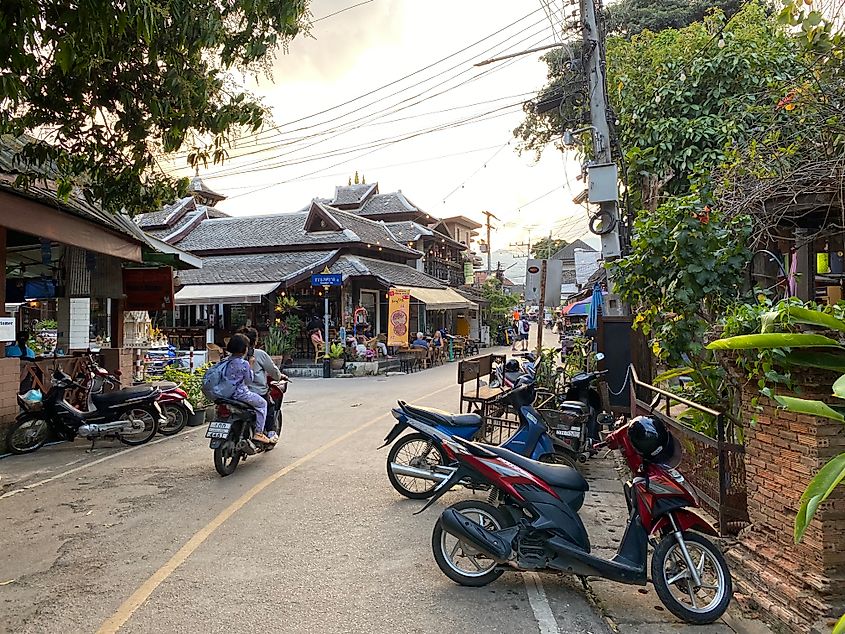
Let's bring it back around to the positives, of which Pai has plenty. Like the other postcard and TV show-worthy destinations throughout Thailand, the mountain town of Pai is popular for good reason. It is surrounded by beautiful scenery, filled with fun-loving people, and infused with both traditional culture and modern, international sensibilities. Pai may not be the hidden treasure it once was, but a dependable haven for visitors of all walks is not a bad identity either. There will always be the next tiny town for puritanical travelers to saunter into, so simply enjoy Pai for what it has become and do your best to ensure that the next batch of tourists can do the same.
Khap kun krap (thank you) for reading.
